Argentina has just beaten Bosnia Herzegovina 2-1 minutes ago. There’s no doubt that Argentina will emerge top in this group, thanks to her luck having easy preys – Iran, Nigeria and Bosnia. And if other teams couldn’t control Lionel Messi, we’re afraid Argentina could qualify for the final meeting Brazil (*grin*). Of course it’s too early to tell considering Germany hasn’t show their might, yet.
Going by how Netherlands slaughtered Spain 5-1, it seems Spain’s victory 4-years ago in Africa for the 2010 FIFA World Cup and later 2012 Euro champions were purely luck. Heck, it could be the curse of “Paul the Octopus” that Spain were on top of the world. But Spain is toast now, provided you believe FIFA World Cup is clean and not influenced by gambling syndicates. Nope, it’s not the end of Spain yet.
The fact is huge tournaments such as FIFA World Cup can never be clean. If players were not tainted, the referees could be bought. Money talks and bullshit walks. Didn’t they say FIFA World Cup is the biggest casino ever created by mankind (*tongue-in-cheek*)? And those who bet on Spain are still licking their wound till today. That was the match that bookies made the most money due to the huge score-gap.
Nevertheless, the 2014 World Cup in Brazil is the most high-tech tournament, with at least eight advanced technology deployed to either help players with the blazing hot weather in Brazil, or simply to minimize controversial decisions (by referees, of course) such as the infamous Diego Maradona’s “Hand of God” goal during the 1986 FIFA World Cup.
{ 1 } Vanishing Spray
By now, you should have noticed how referees bring along his deadly weapon – a small lightweight canister in a special holster on their shorts. Nope, that’s not pepper spray to prevent players from sexually molesting the referees. It’s vanishing spray – sort of looks like shaving cream that is sprayed to draw a line, and will take between 45 seconds to two minutes to disappear.
The objective – opposing players forming the wall do not encroach on the player taking the free kick while the opposing players protect a certain area on their bodies with both hands. Also known as Aero Comex Futline, the vanishing spray was trialled at last year’s FIFA Under-20 World Cup.
{ 2 } Goal Line Control
Also know as “Goal Decision System”, goal-line technology is a method used to determine when the ball has completely crossed the goal line with the assistance of electronic devices. The objective was not to replace referees but rather to assist in tough decision-making process whether to award a goal or not. The system uses up to seven high-speed cameras at each goal mouth to monitor the action.
The system is able to tell the referee if a goal has been scored within a second to an accuracy of 0.2 inches (0.5 centimetres), with the word ‘GOAL’ transmitted to a watch on the referee’s wrist if the ball has crossed the line. This is crucial in cases whereby referees couldn’t decide if ball has crossed the line or otherwise, such as Victor Ikpeda’s “goal” that wasn’t given for Nigeria against Cameroon in a penalty.
{ 3 } Adidas Brazuca Smart Ball
Every four years, FIFA introduces a new official World Cup ball. If you didn’t already know, that ball emerged after tons of physics and other sciences process and study were pumped into it. As usual, this time Adidas introduced its “Brazuca” ball, which features six propeller-shaped polyurethane patches that are thermally-bonded together.
The balls used in 2006 and 2010 FIFA World Cup had 14 and 8 panels built-in. By ddecreasing the number of panels they decreased the seams, creating a smoother surface and in the process allows it to travel at higher speeds before it started knuckling. But smoother balls decrease friction hence making it harder for players to put spin on the ball. This time, Adidas “Brazuca” ball has only 6 panels.
{ 4 } Nike Mercurial Superfly Boots
You can’t call this a football competition without a pair of boots, can you? If you’ve watched action-comedy movie Soccer Shaolin, then you’ll understand how important is a pair of boots to football players. Gone were the days where footballers wear heavy, clunky and chunky footwear. Nike has pushed forward this year with its Flyknit technology to create a totally original type of boot.
Portugal star Cristiano Ronaldo wears Nike’s Mercurial Superfly boots, similar to Nike’s current Flyknit trainers except with high-top design and cleats on the bottom. The carbon-fibre plate on the sole is solid for explosive speed while the micro-textured Flyknit upper gives a barefoot feel and comfortable fit. If you want, the Nike Mercurial Superfly boots are available to buy from 12 June for US$275.
{ 5 } Adidas adiPower Pre-Cooling Concept
Brazil’s oppresive heat will be torturing mostly European teams, with temperature as high as 30°C with players feeling as hot as 36°C (97°F). While Brazil team would be wearing Nike’s garments which come with 56% more airflow, other teams are pampered with Adidas “adiPower” – a series of pre-cooling sleeves and vests that can be worn by players before and after matches.
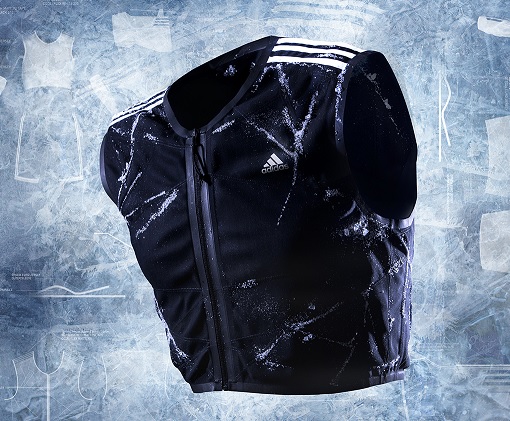
Designed to help the world’s top players prepare for games in warmer climates, the conceptual design – consisting of a vest and sleeves – reduces body temperatures and delays the onset of heat-induced fatigue by using hyper-absorbent granule zones around the lower arms and upper back. The garments are cooled in a freezer before being worn by a player, bringing temperature down over 15 to 20 minutes.
{ 6 } Customized Electrolytes Drink
While England fans head to pub for beer, and get drunk and burn flags when their team lost (to Italy), their football team attempts to combat dehydration by customising recovery drinks for their players, even going so far as to fill them with different electrolytes for different team members.
Several portable Lucozade cool boxes lined the side of the training pitch, with each bearing the names of individual England players (*whoa*). But considering Italy’s approach was less high-tech – relying on local coconut water and papaya – perhaps such high-tech electrolytes drink is not that efficient after all (*grin*).
{ 7 } Wi-Fi, 2G, 3G, 4G, iPad, Apps
Brazilians telecoms have upgraded their internet connectivity massively. Oi (formerly known as Telemar), Brazil largest telecommunications company, claims it has increased their number of hotspots from 78,000 Wi-Fi (in April) to a massive 700,000 now, making it Brazil’s largest network. Now, you can tweet, facebook, bet and socialize anytime during these couple of weeks.
So if you’re in Brazil, remember to switch off mobile data and only use WiFi, network providers will charge a mind-boggling £5 (US$8.50, RM27.40) for every MB of data used in South America. Already, there were more than 7.2 million tweets sent during England and Italy’s Group D clash in Manaus, Brazil.
{ 8 } 4K Resolution Broadcasting
Sony and FIFA have confirmed that three 2014 World Cup matches (including final) will be broadcast in the new eye-dazzling 4K, or otherwise known as ultra-high definition (UHD). The transmission of 4,000 pixels by 2000 pixels using Sony F65 8K cameras will be so awesome that you can imagine yourself being in the match itself.
Unfortunately, these games won’t be broadcast live but 4K TV owners will be able to view the footage after the tournament. 4K TVs are still relatively expensive with the cheapest set costing around £2,000 (US$3,396, RM10,947). The BBC will be streaming the matches in 4K but only as a test to a small number of TVs at BBC offices in the UK.
But online movie service Netflix, has already started streaming content in 4K and Sky are also testing the technology. However, looking at how technology televisions evolve, there should be abundance of cheap 4K TVs available in another 4-years, for the 2018 FIFA World Cup – in Russia.
Other Articles That May Interest You …
- 2014 FIFA World Cup – The Worst Opening Ceremony?
- 2014 FIFA World Cup – Interesting Facts & Figures
- EURO 2012 Beautiful Sexy Babes And Hot Girls (Photos)
- Geneva Motor Show 2012 – Hottest Cars and Girls
- From Hot Chicks to White Angpows, Nothing Works
- Ryanair Sexy Cabin Crew Calendar – Too Hot To Handle
- MCA Hot Chicks – A Publicity Stunt Turns Sour

|
|
June 16th, 2014 by financetwitter
|


|

|

|

|

|

|






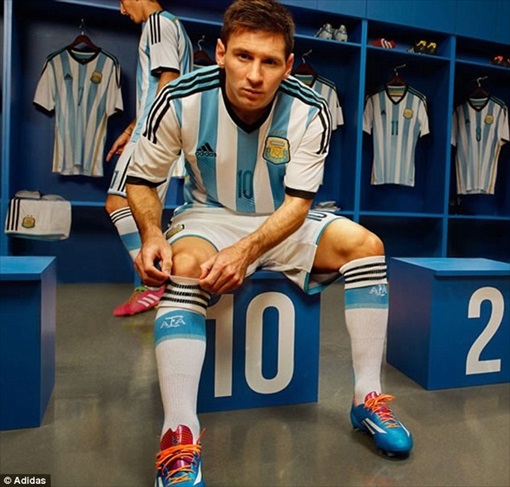
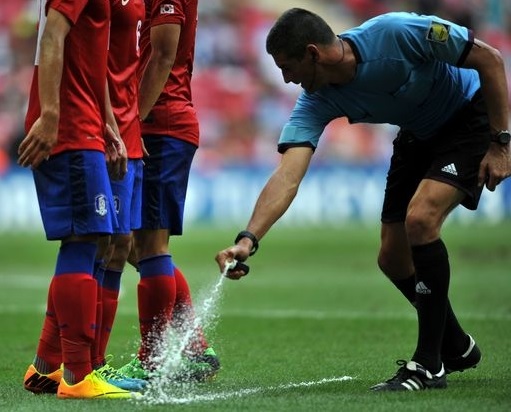
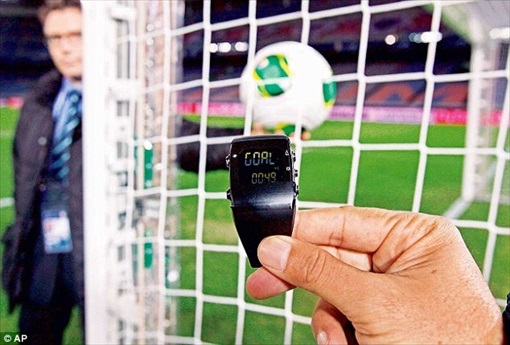
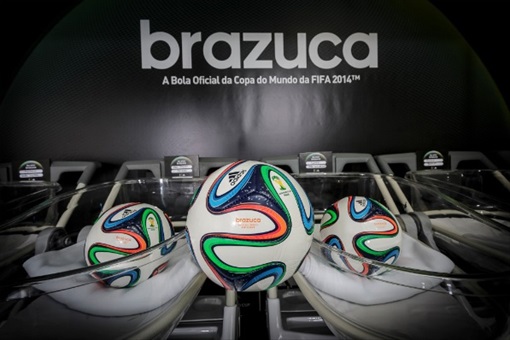
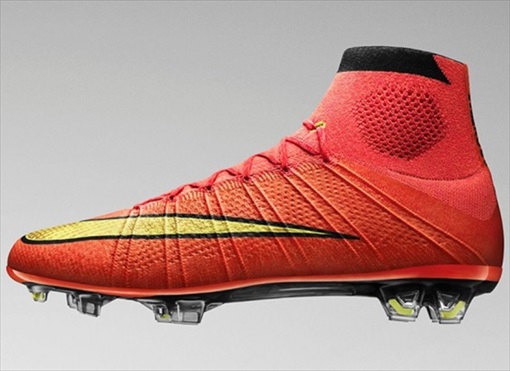
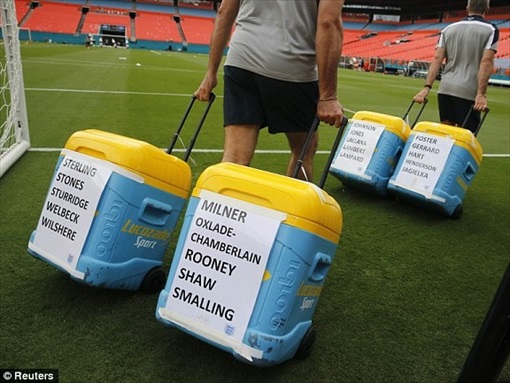
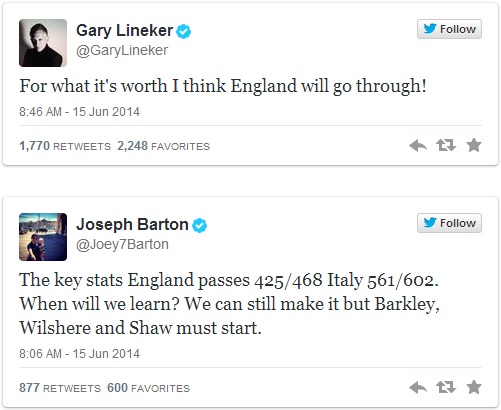
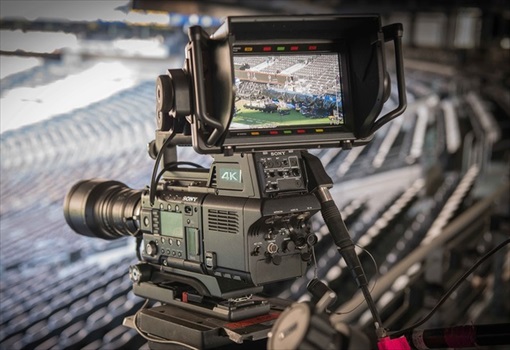






















Comments
Add your comment now.
Leave a Reply